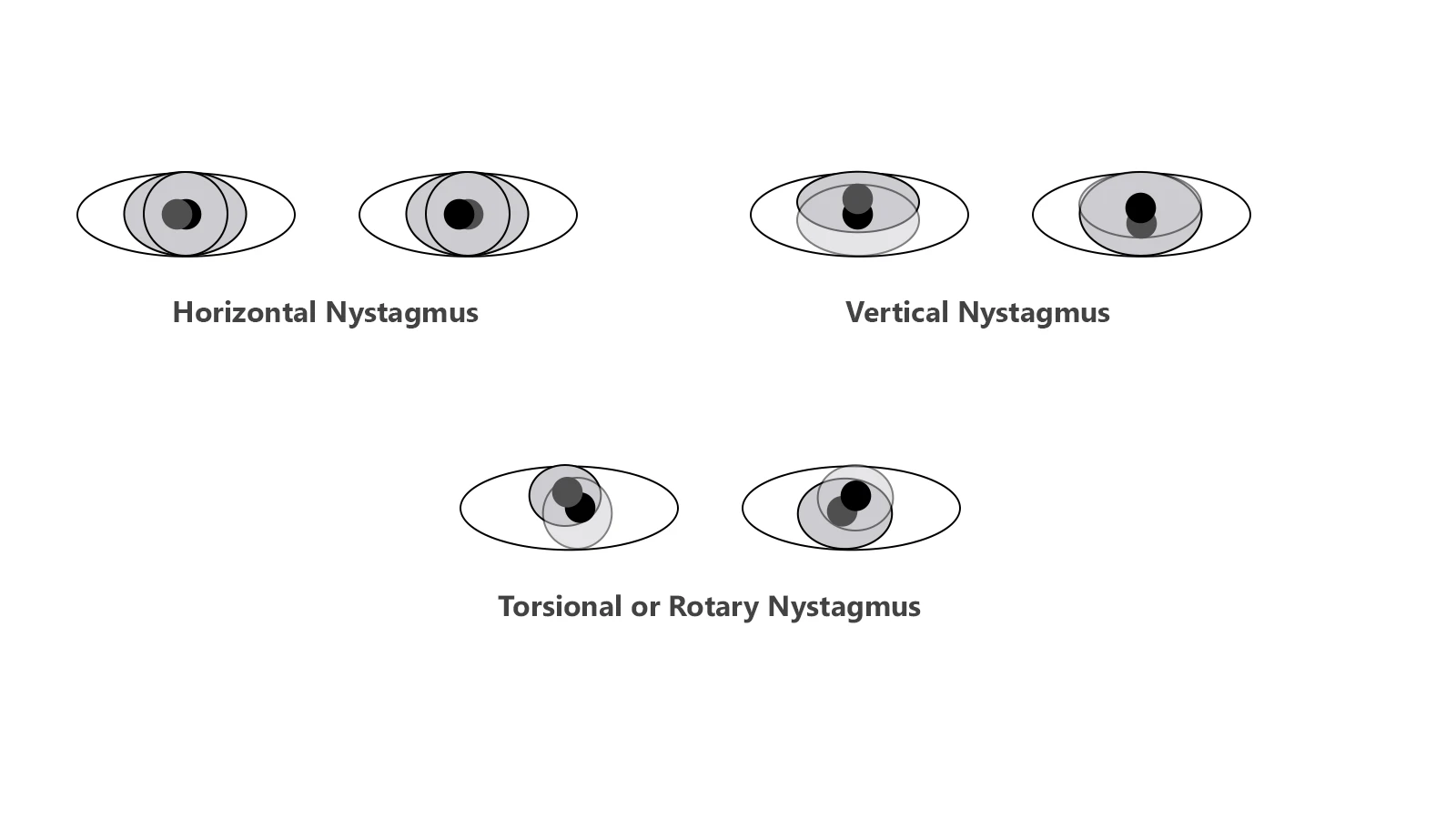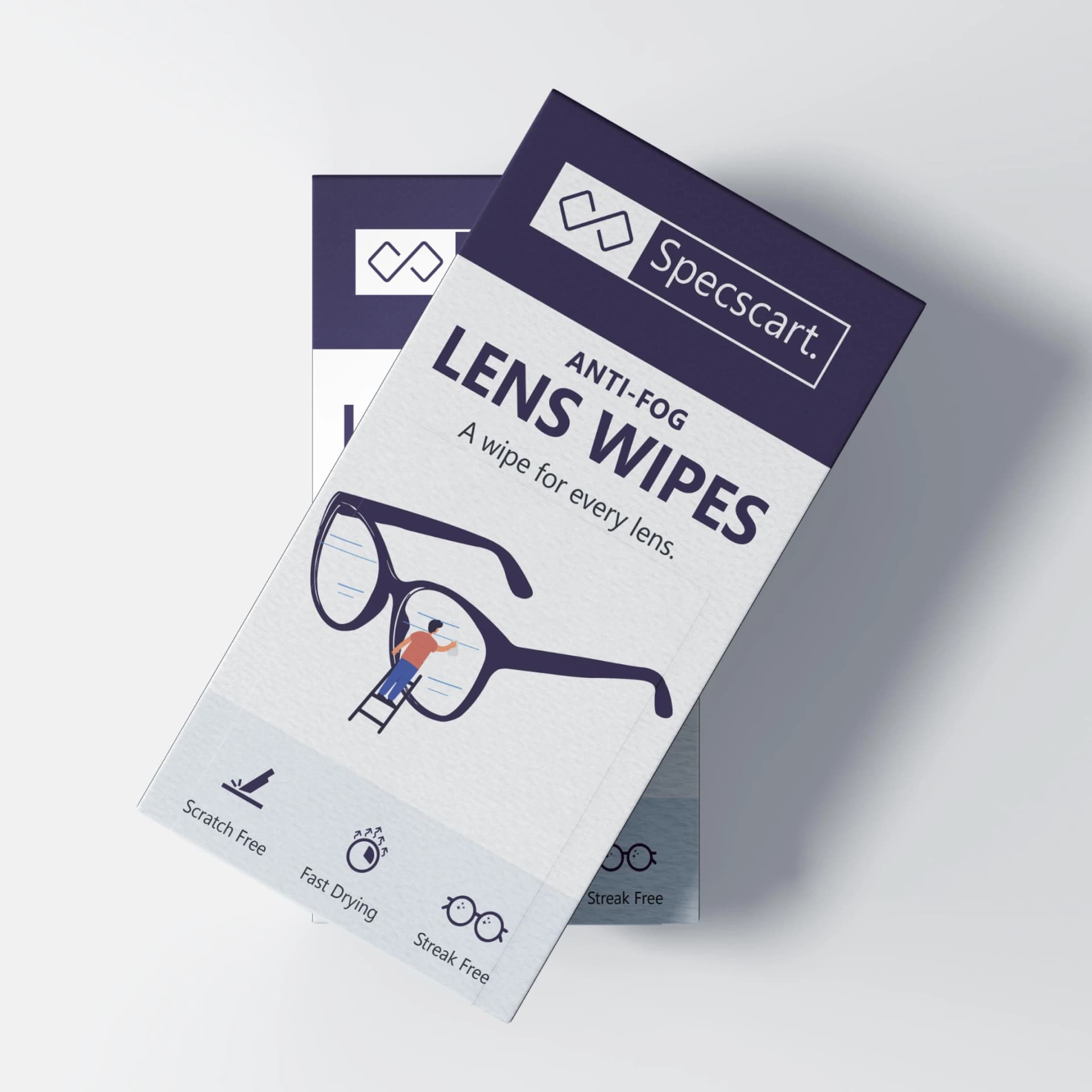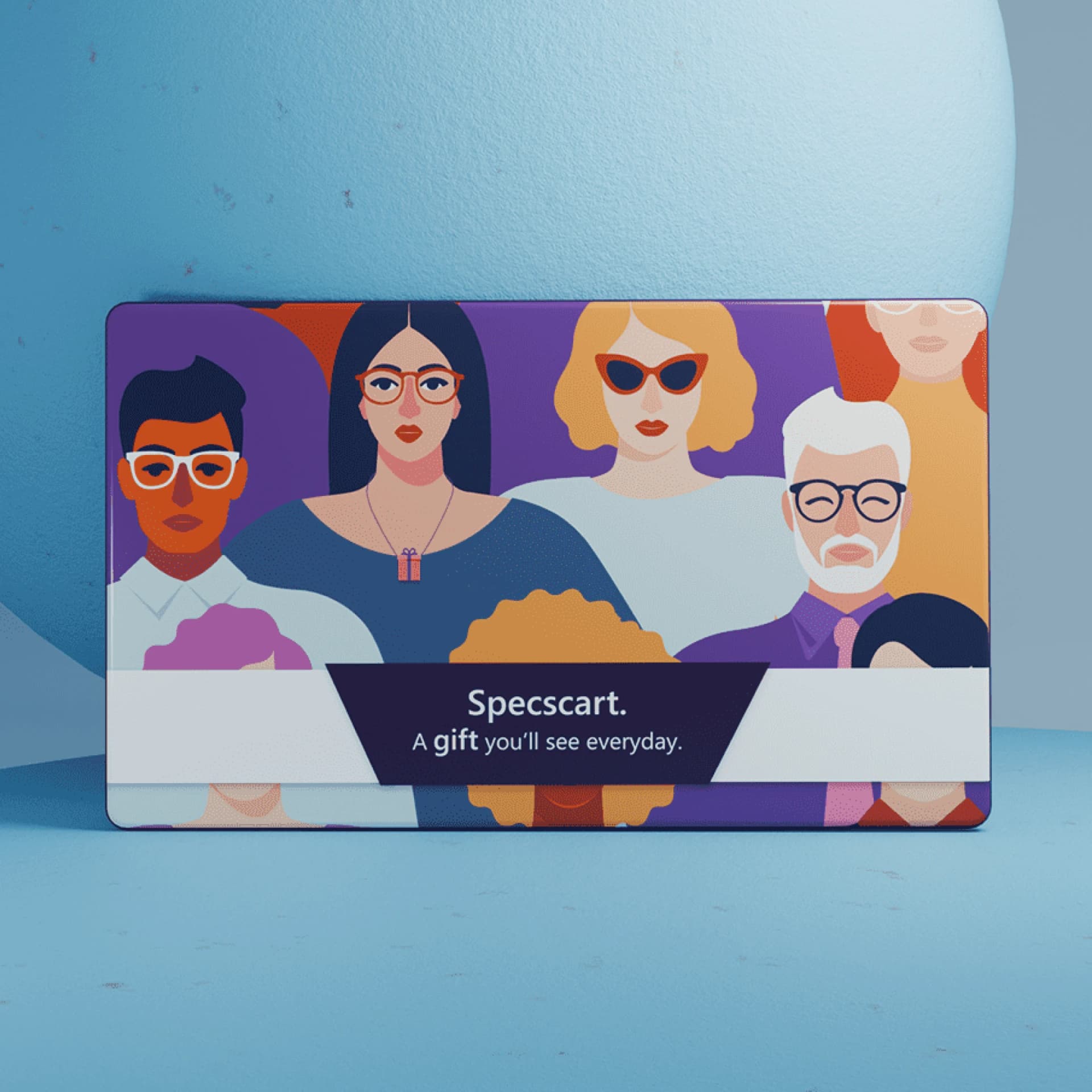Eyes are the most important part of our body- they are the ‘window to the soul.’ Keeping their importance in mind, you must protect them. Our eyes are exposed to various everyday conditions, and they are prone to infections and diseases. Some eye disorders are linked to the brain and reflect the abnormal functioning in certain parts of your brain. One such condition we are going to talk about today is "Nystagmus". Nystagmus, popularly known as dancing eyes, is a condition in which our pupil involuntarily moves. In this blog, let’s uncover everything about this condition.
What is Nystagmus?
Nystagmus refers to involuntary and rapid eye movements that may affect one or both eyes. This condition makes your eyes appear as if they are shaking. They either move back and forth, up and down, side to side or in a circular motion. Due to the appearance of shaking eyes, this disorder is also termed “dancing eyes.” In most cases, Nystagmus is congenital and develops within 6 weeks or several months of birth. Nystagmus reduces depth perception and visual acuity. It may also throw off balance or coordination between your eyes.
What are the Types of Nystagmus?

Different types of nystagmus may develop at various points in someone’s life. Infantile nystagmus is the most common one that babies develop within the first few months of birth. Other forms of this disorder may include:
Manifest nystagmus: The eyes move back and forth all the time, whether one or both eyes are open, and it can affect how clearly a person sees.
Manifest-latent nystagmus: The eyes also move with both eyes open, but the movements get worse when one eye is covered. It’s often seen in people who have eye alignment problems from a young age.
Acquired nystagmus: It is caused by a disease such as a brain tumour or diabetic neuropathy. Severe head injuries or neurological problems due to medication side effects can also trigger acquired nystagmus.
Nystagmus is also categorised based on the direction your eyes move when they are shaking.
Horizontal Nystagmus: Refers to the side-to-side eye movement.
Vertical Nystagmus: Involves up and down movements of the eyes.
Torsional or Rotary Nystagmus: Accounts for circular movements in the eye.
What are the Symptoms of Nystagmus?

The first sign would be the uncontrollable shaking of your eyes. Other signs may include:
Strange head movements as you try to focus when you can’t keep your eyes steady.
Tilting your head makes things appear clear.
Blurry vision in children.
The stationary world seems a bit shaky.
You may develop sensitivity to bright lights.
Problems with balance.
Dizziness
What are the Causes of Nystagmus?
Let’s go through the causes of Nystagmus at a quick glance:
Genetic reasons
Eye issues such as strabismus and cataracts
Lack of skin pigment or Albinism
Some medications, such as drugs for seizures and lithium
Drug or alcohol use
Brain tumours
Thiamine or B-12 deficiencies
How Can You Diagnose Nystagmus?

If you suspect that your child has nystagmus, see an eye doctor about it. They will check your child’s vision and ask you about your family’s medical history to diagnose the problem.
In adults, the eye doctor will test the focusing ability of their eyes. They will test how your eyes function together to rule out the problems that could be leading to involuntary eye movements. If an eye exam fails to provide you with a solid confirmation of nystagmus, you may have to take the following tests:
Otoscopy or an ear exam
Neurological exam
Brain CT scan
Brain MRI
These tests will allow the specialist to understand whether your head or brain is leading to nystagmus.
How to Treat Nystagmus?
Acquired and congenital nystagmus demand different kinds of treatment options. For congenital nystagmus, you can fix your vision through:
Contact lenses
For acquired nystagmus, consider the following options:
Change your medications
Use eye drops to combat your eye infection
Correct vitamin deficiencies with dietary adjustments and supplements
Use antibiotics to treat diseases and infections in your ear
Use prism glasses
If you are sensitive to bright lights, use tinted glasses
Opt for a brain surgery to correct problems with your central nervous system
Final Words
This is all about Nystagmus- its types, causes, symptoms and treatment. Take care of your vision and improve your quality of life. You can explore our range of 1000+ fashion-forward frames crafted to the highest standards of British precision.
Unlock a £10 gift voucher instantly when you follow us. Just hit us up over DM and we will reply back with an exclusive code.
Caution: You may become style obsessed
Your way finder
1000+ Trendy Styles

Fashion Forward Sunnies





















































